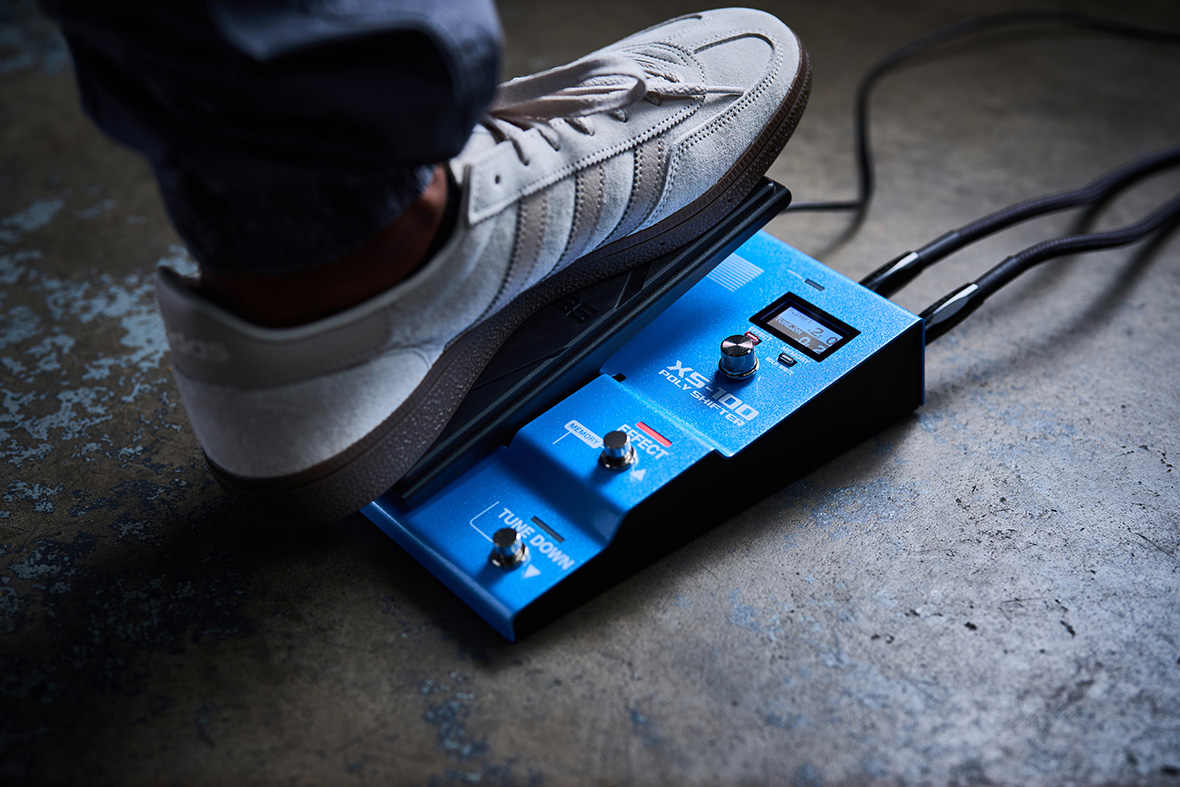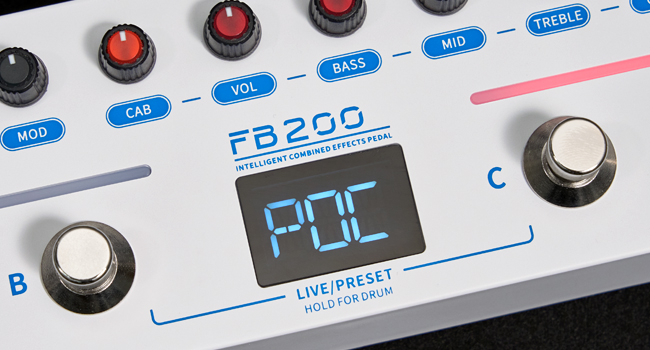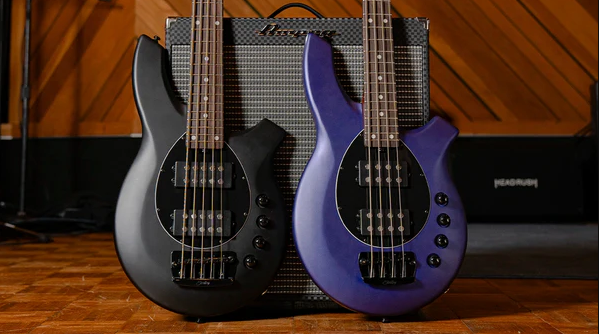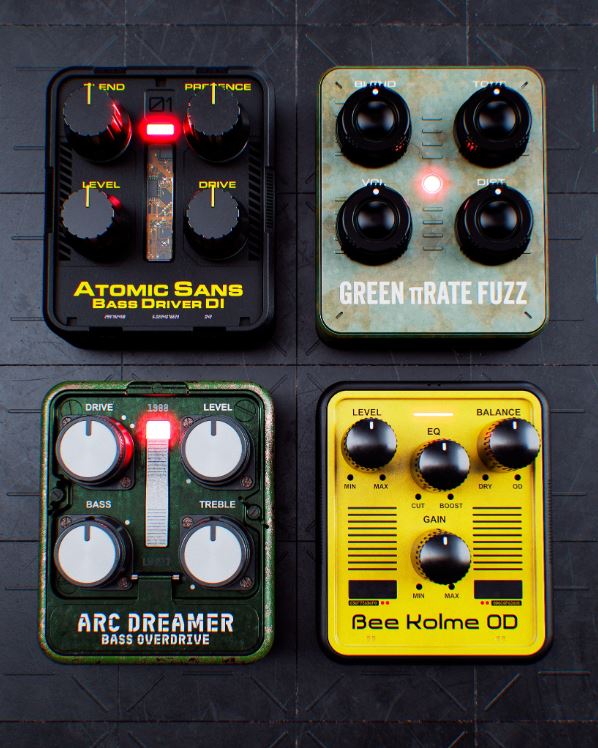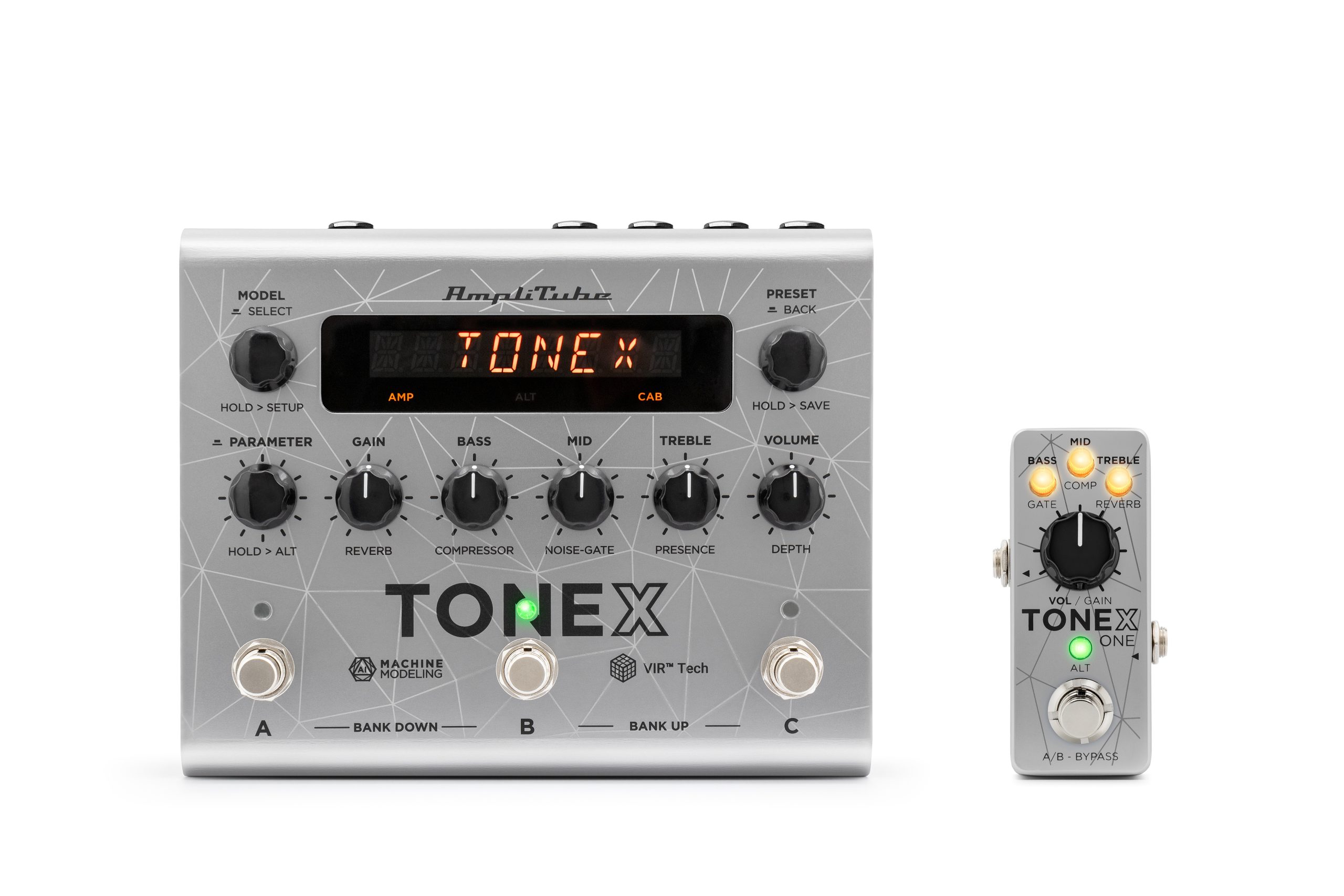
IK Multimedia Unveils TONEX Bass Edition
A New Era of Bass Tone Modeling Modena, Italy — 30/09/2025 — IK Multimedia has announced the launch of the TONEX Bass Edition, the company’s first modeling pedal range designed specifically for bass players. Built with both stage and studio performance in mind, the new series delivers a dedicated collection of bass-optimized tone models, effects, and software integration—all inside rugged, gig-ready enclosures. At the heart of TONEX Bass Edition is the Signature Bass Collection, a meticulously curated library of 150 Tone Models. The collection captures the unique character of classic and modern bass amps, cabinets, and pedals, including legendary tube giants like the Ampeg SVT, Fender Bassman, and Orange AD200, as well as modern icons from Markbass, Gallien-Krueger, Trace Elliot, Tech 21, and Darkglass. Each model is created using IK’s new TONEX Modeler engine, which ensures exceptional clarity, punch, and authentic feel. A standout feature for bassists is the enhanced dry/wet in-phase blending, which maintains the power of clean low-end fundamentals while introducing grind, drive, or saturation for mix-ready tones that retain full presence in both live and recording settings. Two pedal formats are available: Both pedals feature IK Multimedia’s premium build: 24-bit/192 kHz audio processing, a massive 5 Hz–24 kHz response range, whisper-quiet operation, and a rugged aluminum chassis designed to withstand years of gigging. TONEX Bass Edition pedals come bundled with IK’s powerful software suite, including TONEX Modeler, TONEX Editor, AmpliTube 5, and the SVX bass collections. Players can also browse and download thousands of user-created Tone Models from ToneNET, expanding their tonal palette endlessly. “Bass players have always wanted more than just ‘guitar modeling adapted for bass,’” says the team at IK Multimedia. “TONEX Bass Edition is built from the ground up for the instrument, ensuring the clarity, depth, and feel bassists need both on stage and in the studio.” The TONEX Bass Edition pedals are available now, designed and crafted in Italy. Other IK Multimedia Gear You Might Like If you enjoyed checking out this IK Multimedia pedal, here are more IK Multimedia products worth exploring — all tested and reviewed here on BassGearReviews: – IK Multimedia Tonex Pedal – Amp Modeler + Interface – IK Multimedia Tonex One – Compact Amp Modeler + Interface – IK Multimedia Axe I/O One – Portable Interface – IK Multimedia Axe I/O – Feature Rich Interface
